
At DEF, we always believed and advocated that the Internet is an important fundamental right. Now, several years past the incomplete BharatNet, we take a look at both Kerala's infrastructure rollout and the revival of state-owned telecos vis-a-vis access as a human right and a fundamental right.
This was the former finance minister's announcement four years ago. Earlier this month, although two years delayed, the state of Kerala saw their government launching an initiative called KFON, described "to provide high-speed internet connectivity to all households, government offices, and educational institutions." KFON is short for Kerala Fibre Optic Network Project.
This does sound similar to another old project we have talked about in our blog, the BharatNet. When the project was renewed and renamed in 2015, it had ambitious hopes - of connecting all 250,000 panchayats (village councils) in the country with the internet - at 100mbps. As we have seen how pulling electric cables does not ensure the availability of electricity, BharatNet falls woefully behind on its targets. While Kerala had done considerably better than other states in connectivity, this turned out to be a reason for the centre not to allocate enough resources under the BharatNet project.
The old article also mentions how the Kerala state's IT secretary had planned to make the request for assistance to KFON project through which there was a plan to establish high-speed internet connectivity at affordable prices. BBNL (Bharat Broadband Network Limited), the state undertaking for establishing the panchayat connectivity also shifted from BSNL to private players around this time - but more on this later.
So what exactly is this new initiative that seemed to be making the headlines not just in the state, but also outside?


There had been such plans by several governments in the past, notably the Labour Party manifesto in the UK, as this Guardian article below shows, and also Andhra Pradesh - they just did not make it to completion yet.
"Marred by delays, the project is taking a cautious approach, starting with about 14,000 relatively poor households throughout the state that will be getting internet connectivity this month. The extensive KFON network has reached even the most remote areas, like tribal hamlets in faraway regions in Wayanad. The project aims to eventually provide free internet connections to 2 million economically disadvantaged households in the state – this is expected in the next 12 to 18 months. The other 6 million or so households Kerala will have the option of choosing from a range of affordable data packages, starting from just under 300 rupees (£2.86) a month for a 20 mbps connection. (For context, rural farm workers in Kerala make about 727 rupees a day.)"
Meanwhile, here are similar such projects that were underway:
Basically, the project in Kerala intends to start by collaborating with the state's electricity board (KSEB) and use their available infrastructure - the electricity posts that run the length and breadth of the state- to lay fiber lines - effectively creating an optic fiber backbone that different players can utilise to provide Internet. As we have seen in several places, once the backbone is available, there can be several community driven options to make sure last mile access is both available and affordable. Here, the state takes the initiative without necessarily waiting for private players - something BharatNet, as mentioned earlier, did not do with BSNL, the public owned company.
The hastened need for such infrastructure was possibly realised during the pandemic, when students from communities who are marginalised and cut off from urban centers found it difficult to keep up with the digital divide and get their education back on track. Some interesting initiatives were also taken, like in this news article below:
But with the BharatNet missing several deadlines even after pumping huge amount of funding, it would be interesting to see how the state's initiative fares.
"The cables have been laid, the devices have been installed, and laptops have been allotted, but the end task of actually making internet connectivity available, functional and distributed has been ignored. Connecting all 250,000 panchayats across India’s vast geography was never going to be an easy task. However, if the government wants to force digital payments and digital identification in exchange for entitlements and public services for the most marginalized communities, providing functional internet connectivity and the required tools to access it should be bare minimum requirement."
Who provides the last mile connectivity? Would such models always turn out profitable if private players get their hands wet? There had been several accusations and conspiracies regarding the apparent demise of the state-run teleco, BSNL - but some good news last week is that the center has decided to provide the company with funding to get their networks back in order.

There had long been debates surrounding the performance of the company, which once used to be profitable and competitive - to the point of it joining the list of PSUs that were on the axe list. Having no properly allotted 4G and 5G spectrums, the company saw most of its users quickly slide and switch to other private telecom providers.
"At the end of November 2018, unions at the government-owned Bharat Sanchar Nigam Limited threatened to go on strike in part to protest the government’s seemingly preferential treatment for Jio. The union alleged that the government had not given any 4G spectrum to BSNL in order to prevent it from competing against Mukesh Ambani. They expressed fear that their jobs would disappear. “The whole game plan of Reliance Jio is to wipe out its competitors, which includes the state owned BSNL,” the unions wrote in a joint statement" (from the article above)
There are more reasons to argue why there should be some public initiatives for the internet, and the lessons from the pandemic are only some of them.
Also, as this article noted: "At the site of the recent railway accident in Odisha, where the surviving passengers and their families urgently needed mobile connectivity, it was not private companies that came to their help. It was the telecom CPSE, BSNL, which suffered heavily at the hands of the government all these years, that set up an emergency mobile tower, offered free connectivity to traumatised passengers and their families and demonstrated the professional competence and social sensitivity of the public sector, as illustrated by the following picture."

So what exactly does KFON teach us? We learn that in a democratic society, where every franchise matters to the society as a citizen, whose vote matters, whose rights matter, and more than that their human rights matter. More over, if our right, such as Right to Information, Right to Education, Right to Health, Right to Finance, Right to Job vis-a-vis NREGA, and all such rights matter, then what needs to also matter is access to our rights. Internet Access is a human right. Why? Because, there have been policies, and then there has been practice by officers that we have made it almost necessary to depend on technology, read internet access, as the basis to exercise access to any welfare, or schemes, or facilities that the government promises, offers, and provides. So, If I have a right, I must have access to my right. With that reference, it becomes imperative that government steps up laying and facilitating meaningful Internet access available as of yesterday. Kerala, actually leads the policy and legislation to recognise Internet Access as a Human Right and gradually again leading the way for others to emulate the implementation methodology of how the state has started state ISP to ensure that every household gets meaningful internet access.
Our suggestions are three fold: Internet access must be declared as basic/fundamental right; ensure meaningful connectivity to all households; and till then do not make any digital policy mandatory or exclusionary that would be dependent exclusively on digital access.
If we have Access to Rights; then we must have the Right to Access.
Other News in the last couple of weeks
There have been several success stories of people facing crises turning to crowdfunding platforms to raise money for their surgeries and medical needs, and the popularity is a reason enough to think of possibilities of regulations:

What could we do when government appointed teachers in schools and institutes are already facing shortages of resources? Some say this is an over-reach in privacy, but where do we place the next generations' rights to education?

Instead of imports, there is now an attempt to manufacture technology that can help and empower differently abled populations:

In light of the recent cyclone, here's a rewind on using old 'tech' during disasters:

Languages from India that top the article charts in Wikipedia:

And finally, some updates from Manipur, where the government had resorted to Internet shutdowns during the recent violence.

Digital Empowerment Foundation Updates from the field
First, here are the updates from our panel at this year's RightsCon:
DEF and CDPP are organising a Digital Citizen Summit this November, take a look here for more details:
And finally, don't forget to share the Digital Artisans of India award that DEF's Digikargha is collaborating with Creative Dignity.
Next week, we will be back with the issue of Internet Shutdown that is persisting in Manipur…


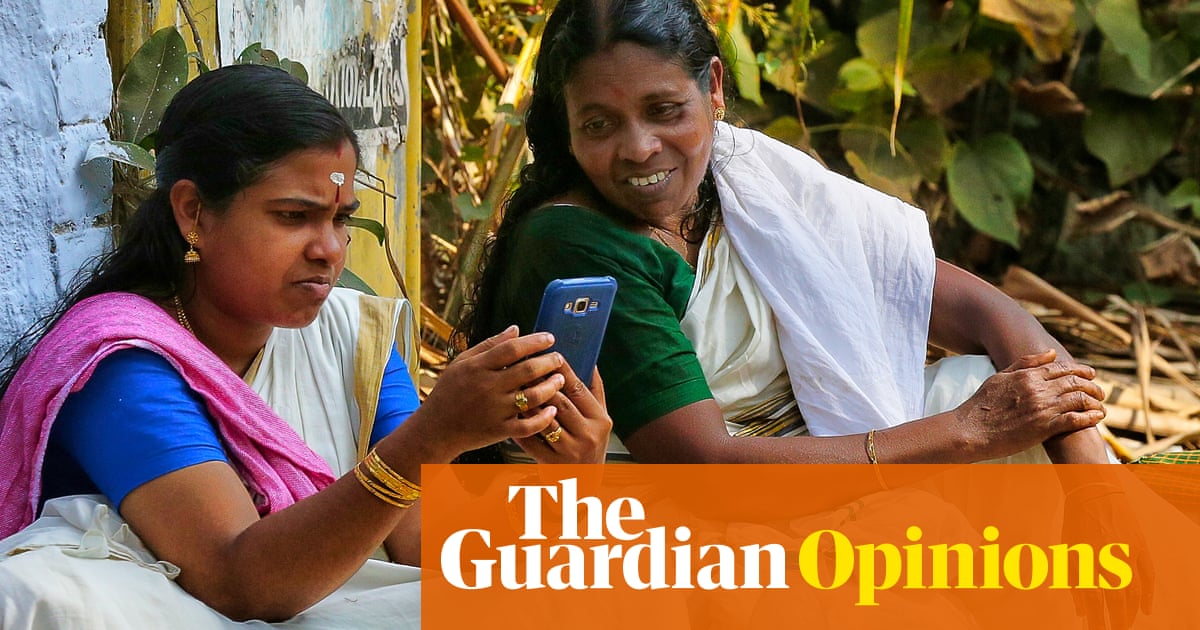

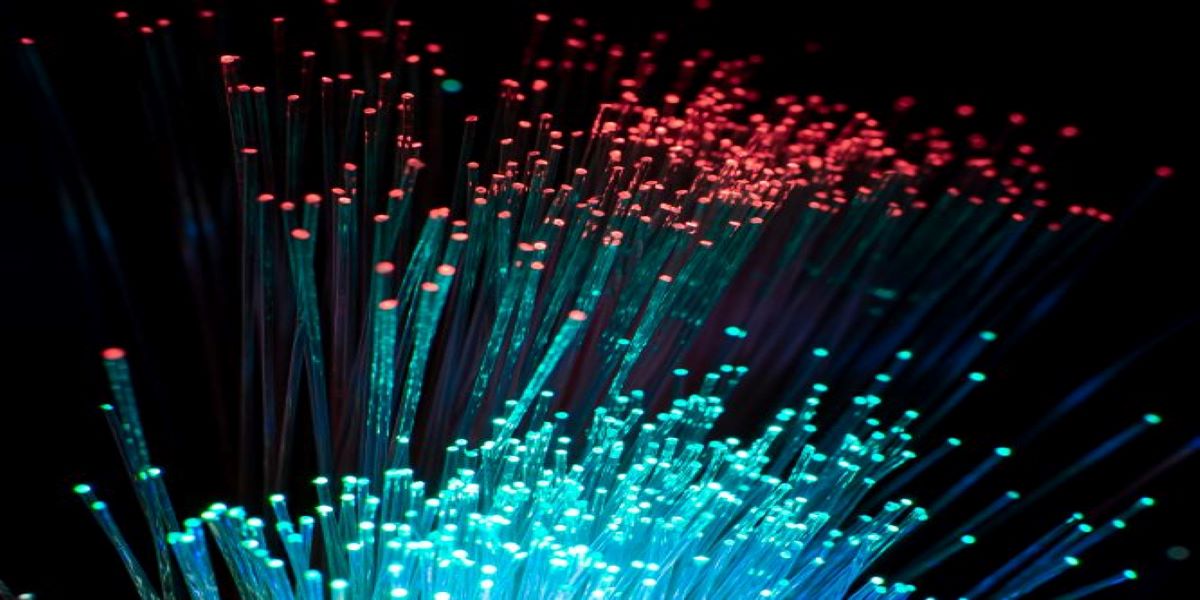


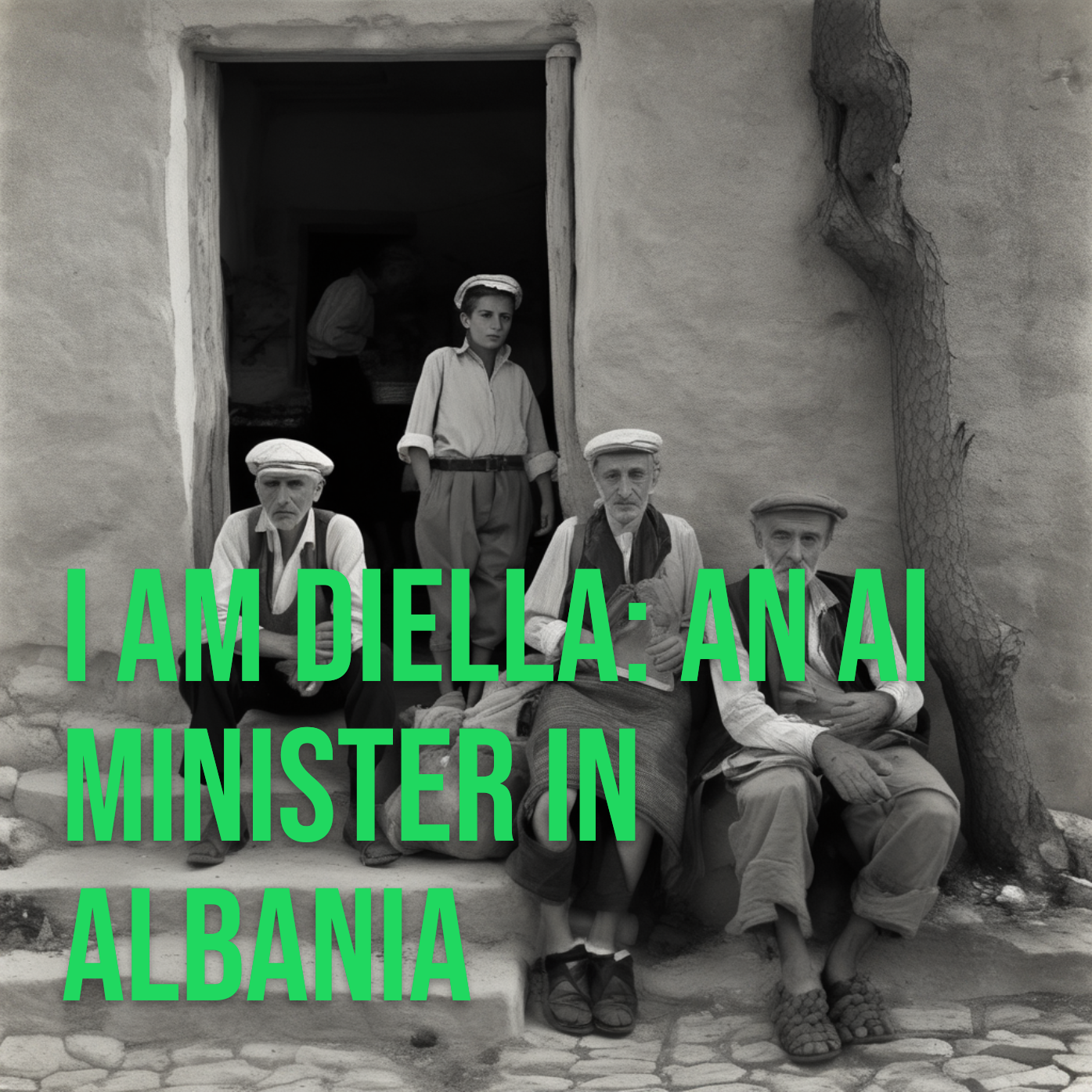

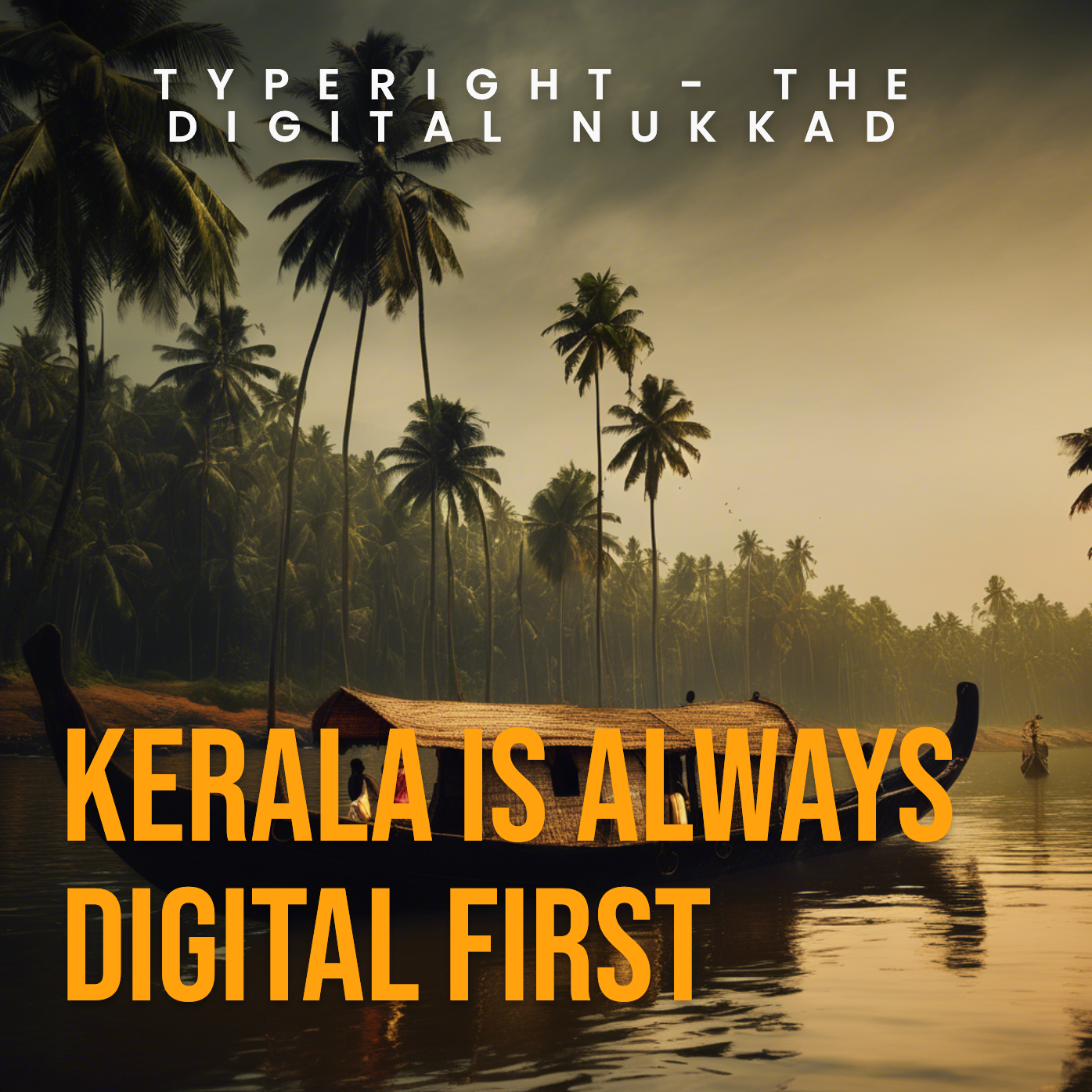
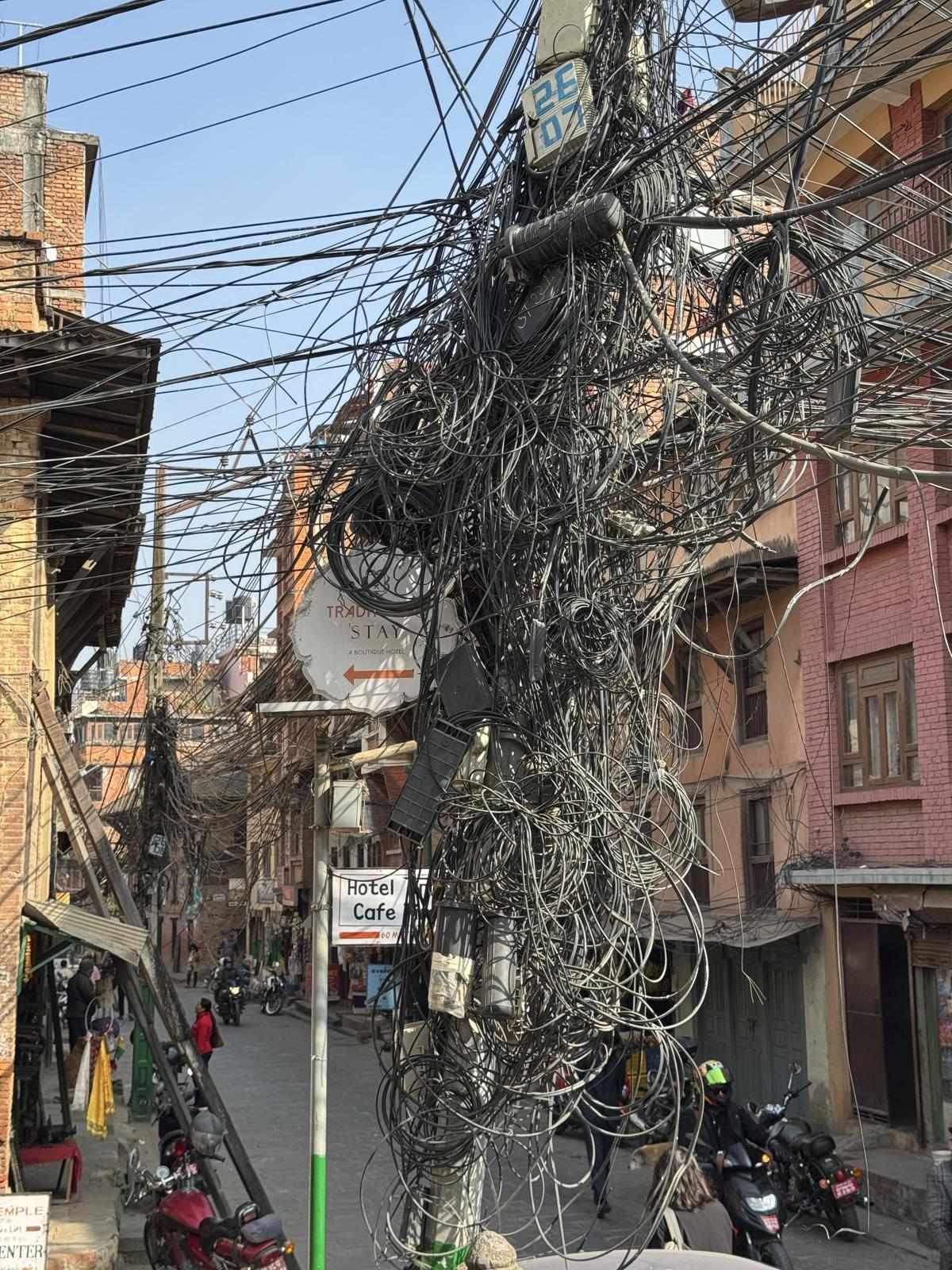
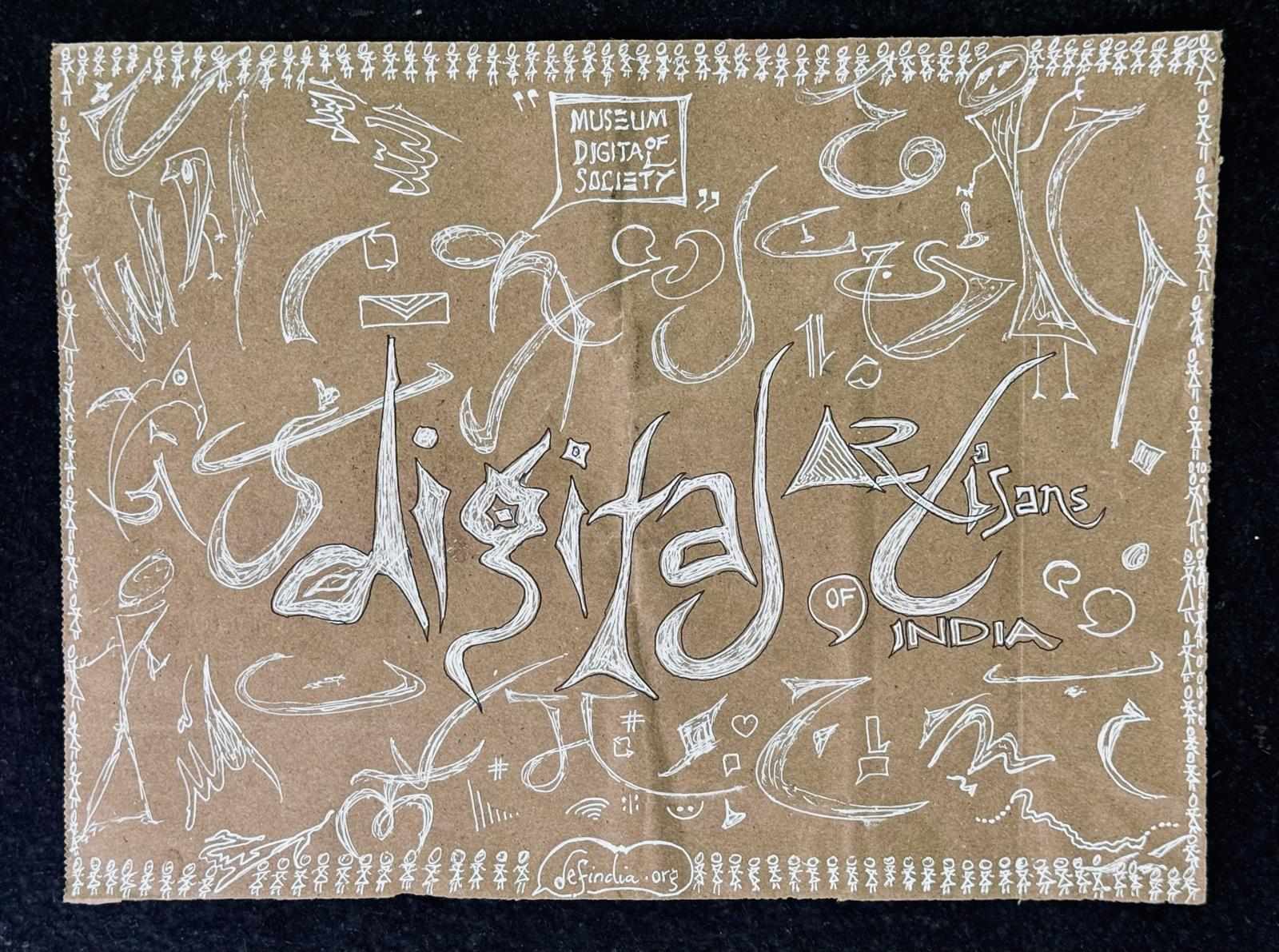
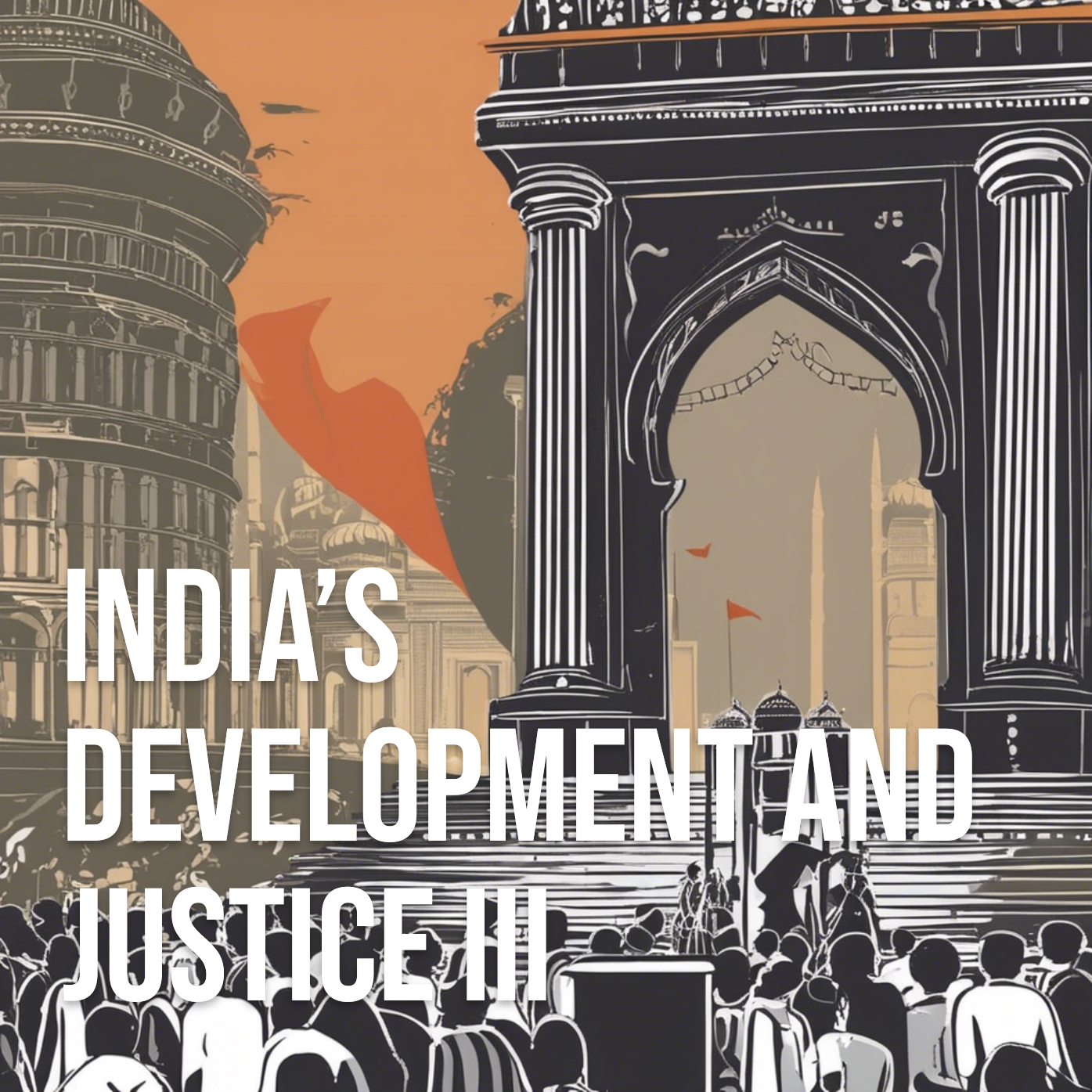
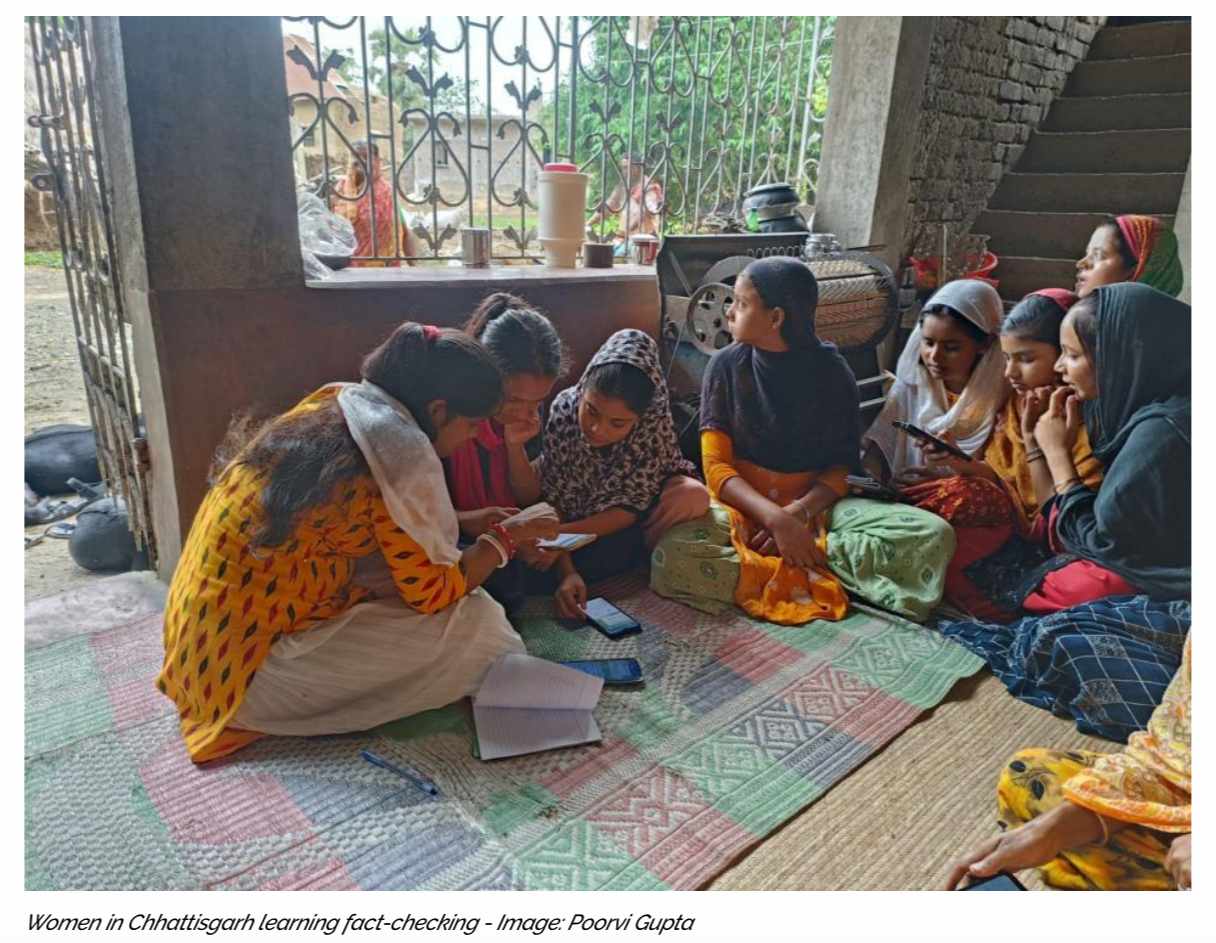
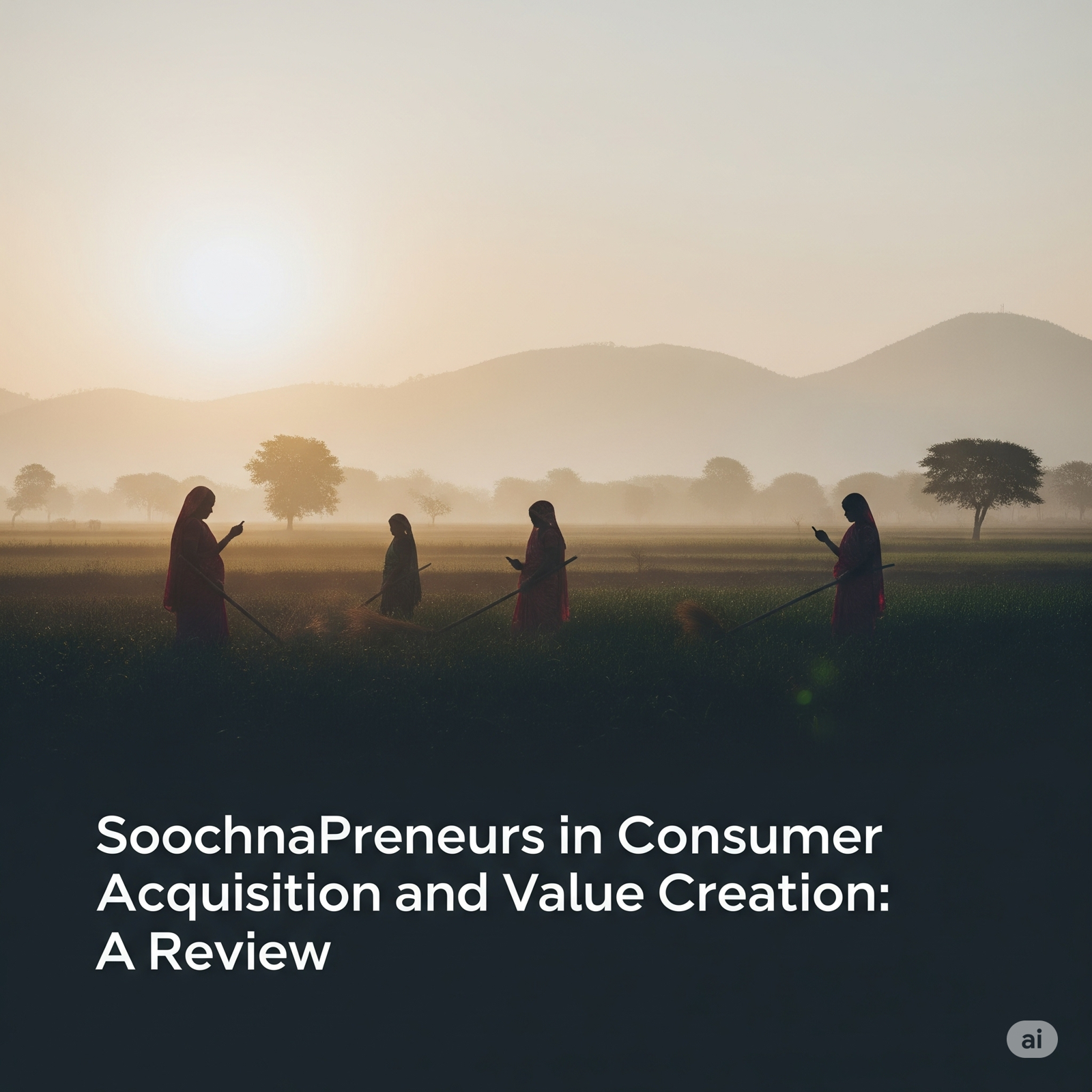

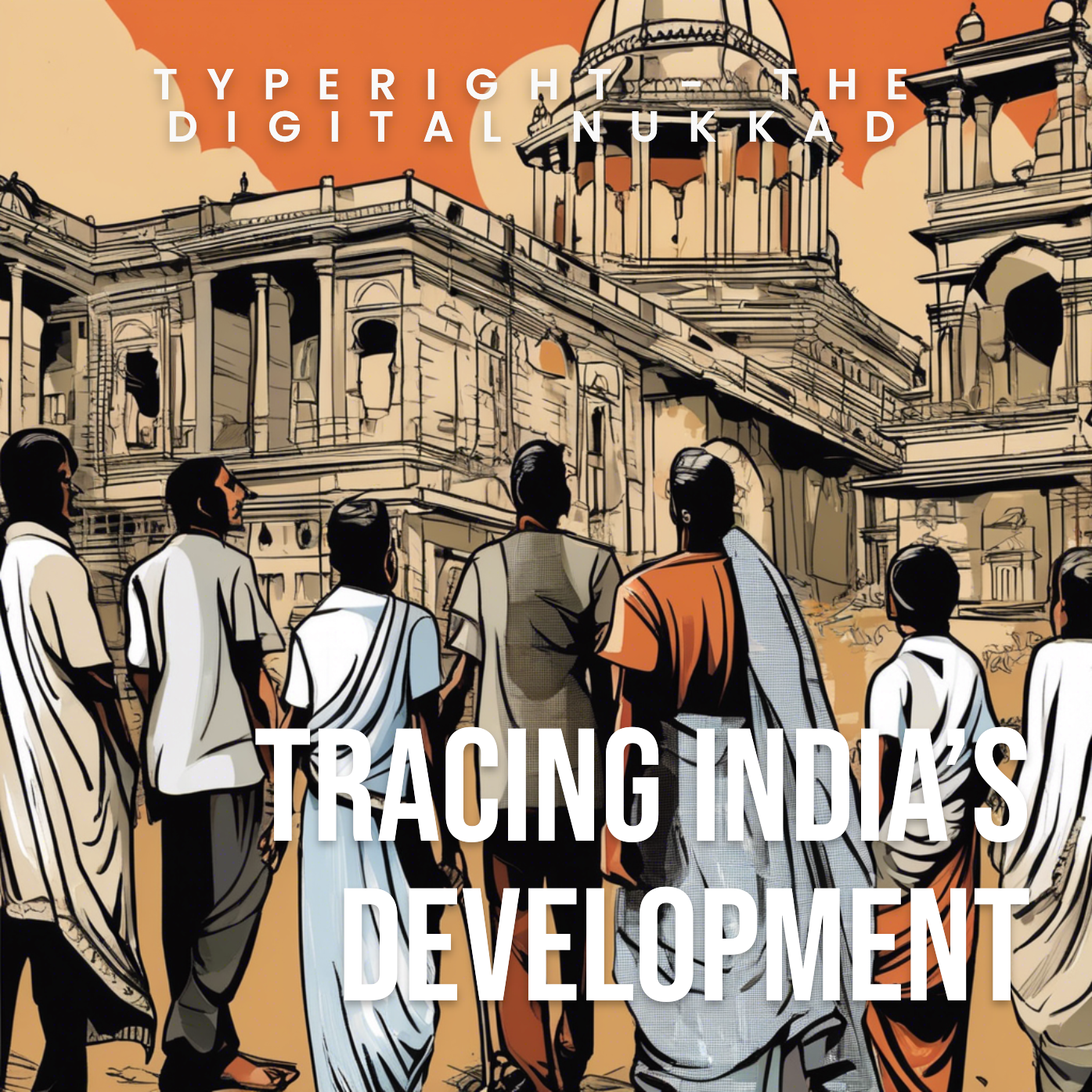









 might be?](https://sk0.blr1.cdn.digitaloceanspaces.com/sites/1394/posts/714526/dbc8de4c-5c50-411f-aba0-55cfb74a692d.jpeg)

Write a comment ...